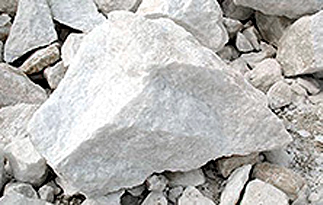 |
Material introduction Heavy calcium carbonate, referred to as heavy calcium, is made from ground natural carbonate minerals such as calcite, marble, and limestone. good thermal stability, will not decompose below 400°C, high whiteness, low oil absorption, low refractive index, soft and dry , does not contain crystal water, has low hardness, low wear value, non-toxic, tasteless, odorless, and good dispersibility. According to different particle sizes, it is divided into: ordinary heavy calcium powder, ultra-fine heavy calcium carbonate, wet-ground ultra-fine calcium carbonate, and ultra-fine surface-modified heavy calcium carbonate. |
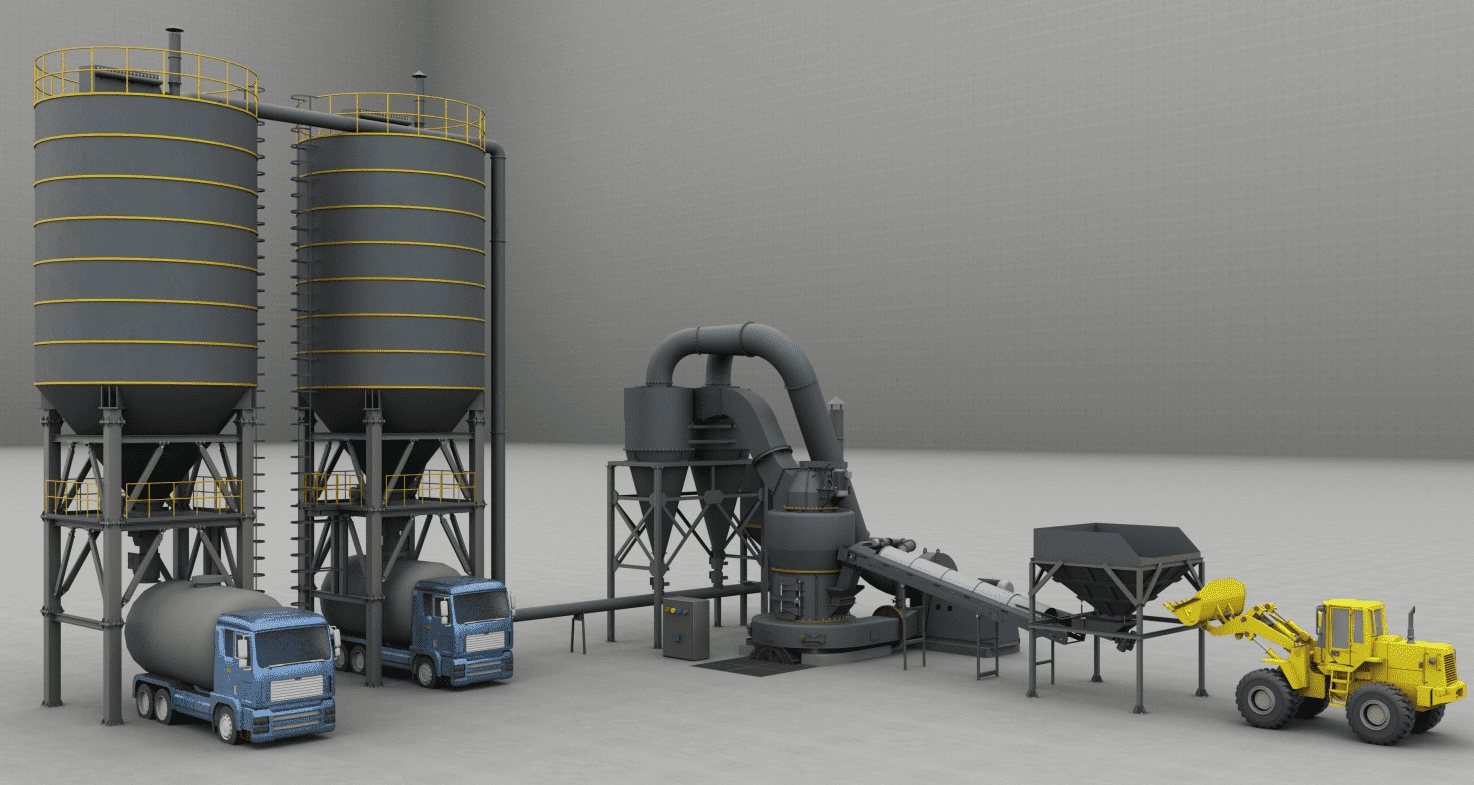
Stage 1: Broken
Natural carbonate minerals such as calcite, marble, limestone and other large materials are crushed by the crusher to the feed fineness (15mm-50mm) that can enter the grinding mill.
Stage 2: Grinding
The crushed small pieces of material are sent to the silo through the elevator, and then sent to the grinding chamber of the mill evenly and quantitatively through the vibrating feeder for grinding.
For fine powder processing, LM vertical mill, MTW European version mill, and 5X European version smart mill are generally used; for ultra-fine powder processing, LUM ultra-fine vertical mill and MW ring roller micro-powder mill are generally used; for sand making or coarse powder CM European coarse powder mill and straight-through centrifugal mill are used for processing.
Stage 3: Classifier
The ground materials are classified by the powder selector, and the unqualified powder is classified by the powder selector and returned to the main machine for re-grinding.
Stage 4: Collect powder
Powder that meets the fineness will enter the dust collector with the air flow through the pipe for separation and collection. The collected finished powder will be sent to the finished product silo by the conveyor through the discharge port, and then packaged in a powder tanker or automatic baler.
 |
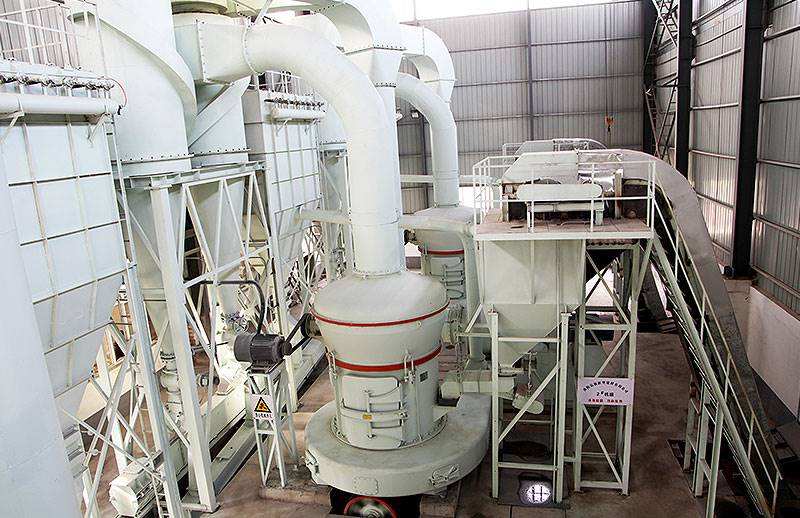 |
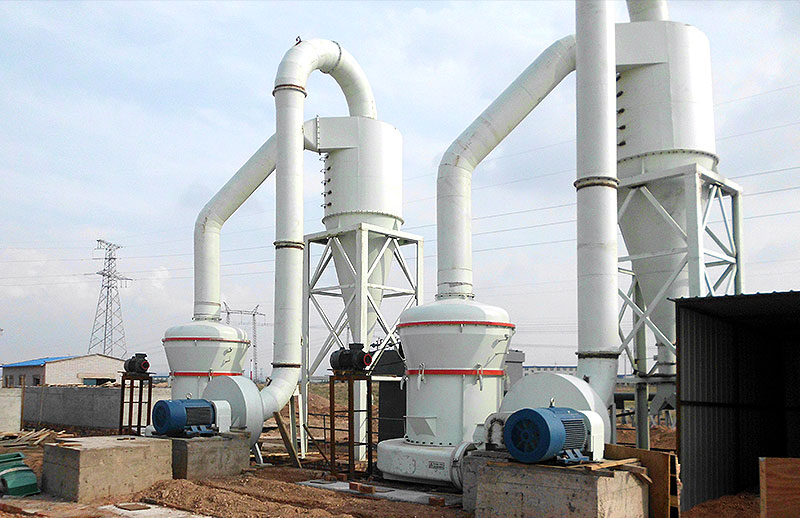 |
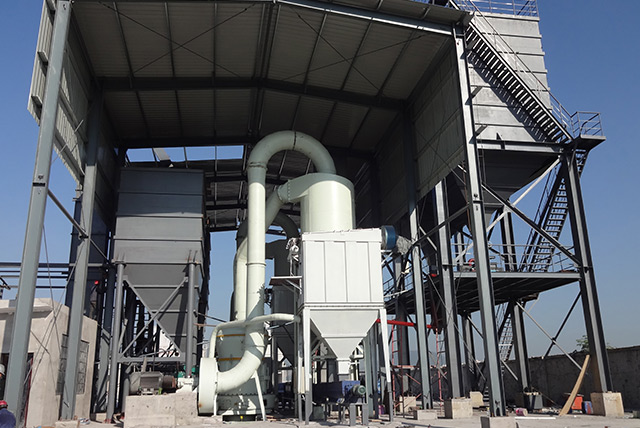 |
Application
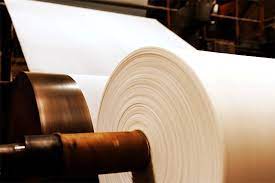 |
 |
 |
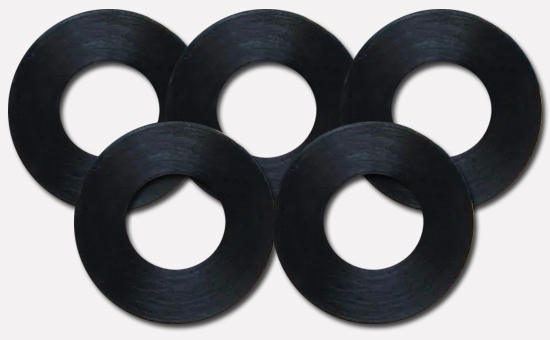 |
